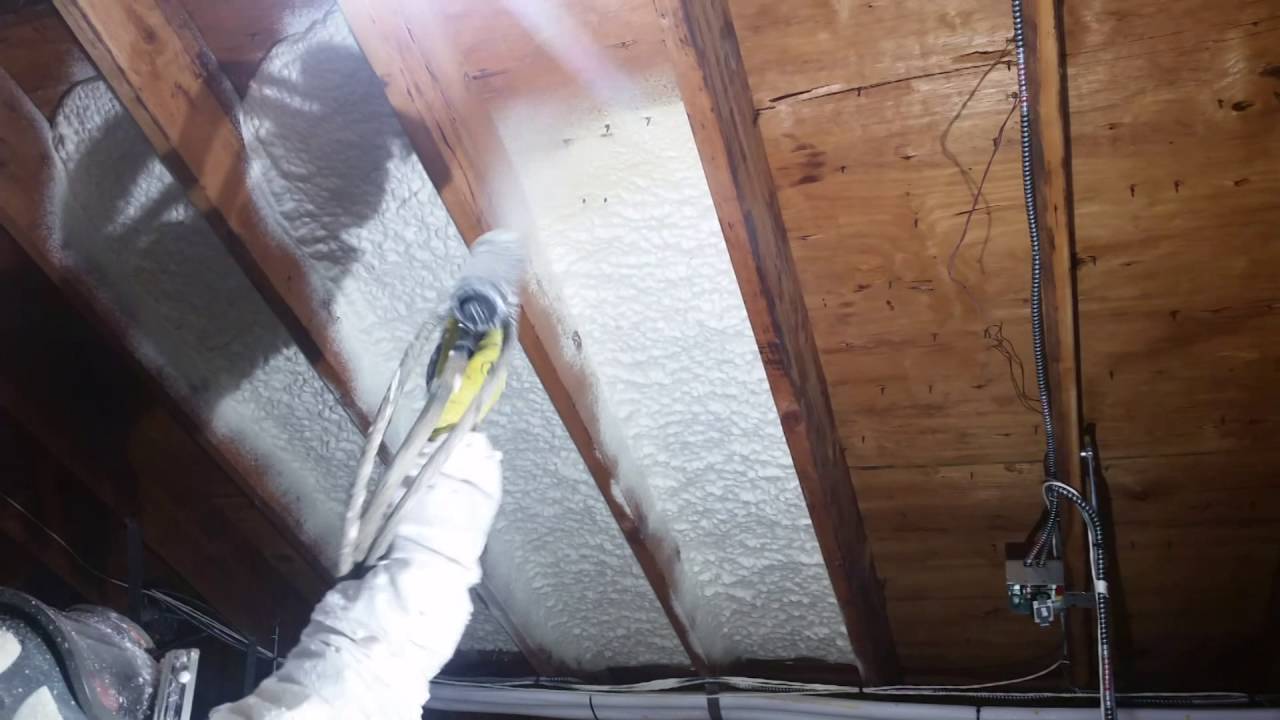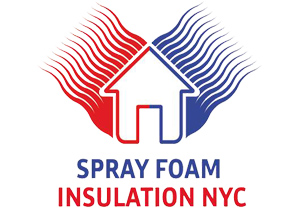Does Your Spray Foam Insulation Need a Thermal or Ignition Barrier?
Does Your Spray Foam Insulation Need a Thermal or Ignition Barrier?
To say spray foam insulation has become popular in green building over the past decade is like saying Peyton Manning is a good quarterback. It's an understatement. Although it's certainly not used in every green building project, it's become one of the most popular ways to build an air-tight house. In the early days, building codes hadn't caught up with how best to use this material, but that's changing. Change begets confusion, though, and the requirements for thermal and ignition barriers are one area where there's a lot of that.
Do you need a thermal barrier?
Yes, absolutely. If you put spray foam insulation in a building, it needs a thermal barrier. That's what separates it from the occupied spaces. If there's a fire in the building, a thermal barrier keeps the combustible spray foam from the flames to increase fire resistance. The International Residential Code (IRC) and Internation Building Code (IBC) both include requirements for thermal barriers (and ignition barriers, too; see below).The standard prescriptive material that can be used as a thermal barrier is 1/2" gypsum board (a.k.a. drywall or sheetrock). Anything else has to be approved as an 'equivalent thermal barrier' by undergoing tests for temperature transmission and fire integrity. In some cases, however, you need only one test. According to the Spray Polyurethane Foam Alliance (SPFA), "Under specific conditions, the temperature transmission test can be waived if approved by building code authorities on the basis of large-scale fire testing representing actual uses." (See their pdf document, Thermal and Ignition Barriers For The SPF Industry.)
Do you need an ignition barrier?
This is where things get a little tricky. If a home has spray foam insulation in an attic or crawl space, the building code requires using materials or assemblies that offer some fire resistance but not as much as is required for a thermal barrier. If you've got spray foam insulation in an attic, for example, it's probably already separated from the living space by a thermal barrier. Most ceilings are made of 1/2" drywall. But the spray foam is still exposed to the attic and needs an ignition barrier.In this case, you have a choice of several prescriptive materials approved by the code as ignition barriers:
- 1.5" mineral fiber insulation
- 1/4" wood
- 3/8" particleboard
- 1/4" hardboard
- 3/8" drywall
- 0.016" corrosion-reisistant steel
Classic Max from Icynene
APX from Demilec
Staycell One Step 255 from Preferred Solutions (See this article from Green Building Advisor for more info.)
When do you need an ignition barrier? According to the IRC and IBC, an attic or crawl space needs an ignition barrier over the spray foam if the space can be accessed but will not be used for storage or auxiliary living space. You don't need an ignition barrier if the space cannot be accessed without cutting into it, if it is not connected to other spaces, and if it does not communicate with other spaces.
Enforcement is spotty
At least in my part of the US (the Southeast), enforcement of this part of the building codes is spotty. Some jurisdictions are sticklers about it and some don't even know about it. The best policy, as always, is to find out what they require and what they'll accept. Then use your best judgement.One thing to be aware of is that not everything claiming to be a thermal or ignition barrier actually meets the requirements. If it's not on your building department's approved list, ask the company selling it for their test data and evidence of code approvals. You may need them to satisfy your building inspector.
What if your local doesn't require anything? Well, it sure is tempting to keep your costs low and omit ignition barriers in attics and crawl spaces. But what if that house burns, and the insurance company refuses to pay because there was no ignition barrier? It doesn't take a genius to know who the homeowners are going to come after.
The bottom line is that if you're using spray foam insulation, you need to know the code about thermal and ignition barriers and use them where necessary. You need to know your materials, too, and what qualifies in each case.
Download Thermal and Ignition Barriers For The SPF Industry (pdf) from the Spray Polyurethane Foam Alliance. This document explains thermal and ignition barriers in more detail and gives the code references and testing requirements.
spray foam insulation in an attic or crawl space, fire resistance, thermal barrier, ignition barrier

